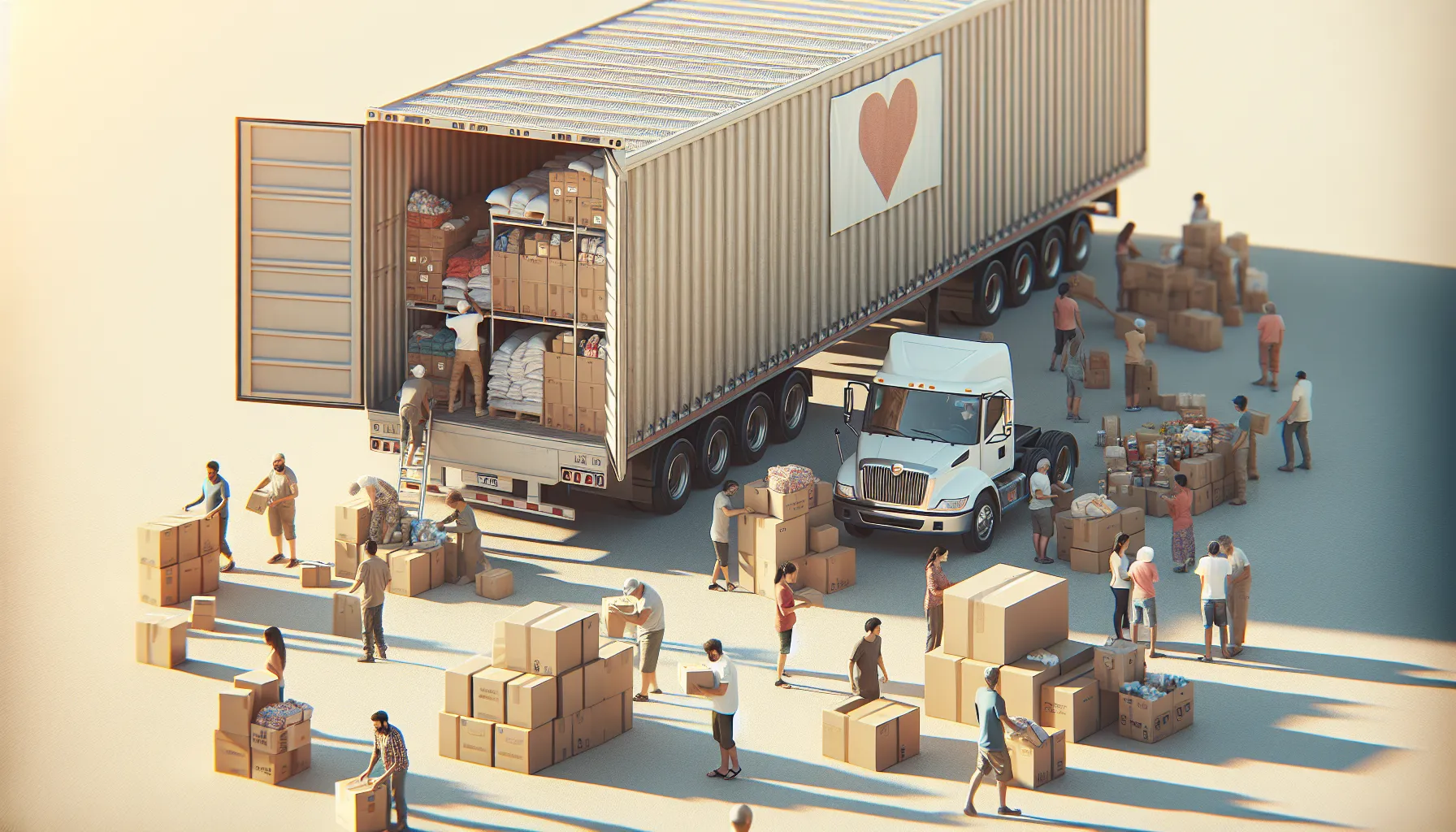Introduction of mandatory use of the electronic system for humanitarian aid in Ukraine from April

Oksana Zholnovych announces transition to an automated system for importing humanitarian aid to optimize the process
Espresso correspondent Katerina Galko reports that the Minister of Social Policy of Ukraine, Oksana Zholnovych, emphasized the need to change the approach to the delivery of humanitarian aid.
"We would like to combine the need with the help itself. Today, it is rather chaotic: everyone delivers as they see fit, not seeing the big picture. Including: what other donors have already brought to that locality or community, how much has been brought, and whether there are any white spots in certain areas or communities that no one brings anything to, because, for example, their fundraising is worse, they do not know how to talk about their needs," the minister said.
Zholnovych also noted the growth in the number of registered recipients of aid: "Out of the 1,000 humanitarian aid recipients who were in the system as of December 1, today we have a little over 8,000 different organizations that are recipients of aid." She added that during the pilot project, the system was used 12.5 thousand times, generating 18 thousand declarations.
The Minister also spoke about the analysis of the types of incoming humanitarian aid: "Over these 4 months, from the declarations we have had the opportunity to analyze, we can already say that 19% of all humanitarian aid is food (and here we also need to think about whether we should import these products or encourage our organizations to buy them on the domestic market, supporting the national producer). 11% are sanitary and hygiene products, 11% are medicines, 10% are technical equipment, 9% are clothing and footwear, 9% are vehicles, and 23% are other."
The project envisages the creation of a state board to track humanitarian aid by region, but without specifying particular addresses to avoid risks for recipients.
"All military aid, everything that is delivered to military units - of course, it is accounted for, but it will not be visualized outside, it is only for internal control and for us to synchronize procurement and avoid duplication. That is, the task of our system is also the ability to plan and operate with data," Zholnovych summed up.
As reported earlier, the Cabinet of Ministers extended the possibility of using paper declarations for the import of humanitarian aid to Ukraine until April 1 next year, and from December 1, 2023, recipients can start using a digital mechanism to import humanitarian aid.











